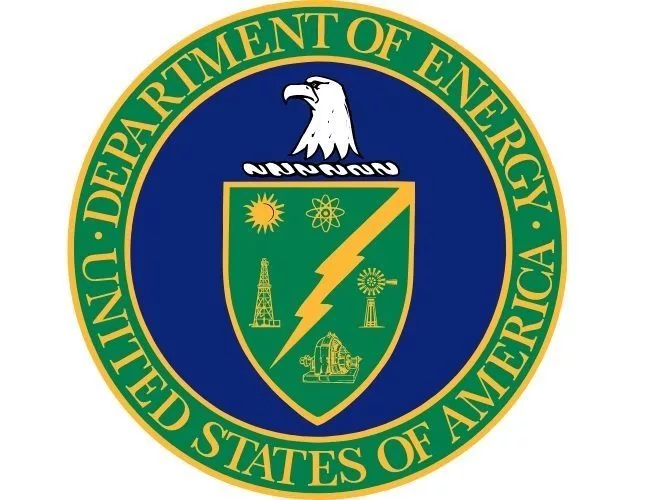ASHRAE applauds the U.S. Department of Energy's release of a standardized, verifiable basis for defining a zero emissions building.
The National Definition of a Zero Emissions Building: Part 1 Operating Emissions is a comprehensive guideline aimed at providing a broadly accepted minimum standard for what constitutes a zero emissions building. By setting clear and measurable criteria, this definition offers a harmonized approach guiding both public and private entities in transitioning the building sector towards zero greenhouse gas emissions. Three ASHRAE standards are referenced in the document:
- ANSI/ASHRAE/IES Standard 90.1-2022, Energy Efficiency Standard for Sites and Buildings Except Low-Rise Residential Buildings
- ANSI/ASHRAE/IES Standard 100-2024, Energy and Emissions Building Performance Standard for Existing Buildings
- ANSI/ASHRAE Standard 228-2023, Standard Method of Evaluating Zero Net Energy and Zero Net Carbon Building Performance
"ASHRAE is pleased to be recognized and have our referenced standards acknowledged as guiding tools in this significant milestone to combat climate change by decarbonizing the built environment," said 2023-24 ASHRAE President Ginger Scoggins, P.E., Fellow ASHRAE. "The National Definition of a Zero Emissions Building provides a clear market signal and consistent target, supported by measurable data, to propel the building sector towards a sustainable future."
Part 1 of the definition, focusing on Operating Emissions, outlines three fundamental criteria for zero emissions buildings:
- Highly energy efficient: Buildings must demonstrate exceptional energy efficiency, placing them among the top performers in the market or achieving significant reductions in energy use compared to model codes.
- Free of on-site emissions from energy use: Zero emissions buildings must eliminate direct greenhouse gas emissions from on-site energy consumption.
- Powered solely from clean energy: All energy used by the building must come from carbon-free sources, whether generated on-site or procured from off-site sources.
To ensure compliance, the definition includes detailed methods of measurement and verification. For existing buildings, criteria such as ENERGY STAR scores or measured whole-building energy use intensity are utilized, while new constructions must meet stringent energy efficiency and clean energy standards.
While Part 1 of the definition focuses on operational emissions, Part 2 will address embodied carbon and refrigerant impacts. These elements are crucial in fully transitioning the building sector to zero emissions.
The National Definition of a Zero Emissions Building will be embedded in nearly every green building certification, adopted by leading investors and utilized in federal programs.
For more information and to access the full document, visit here.




